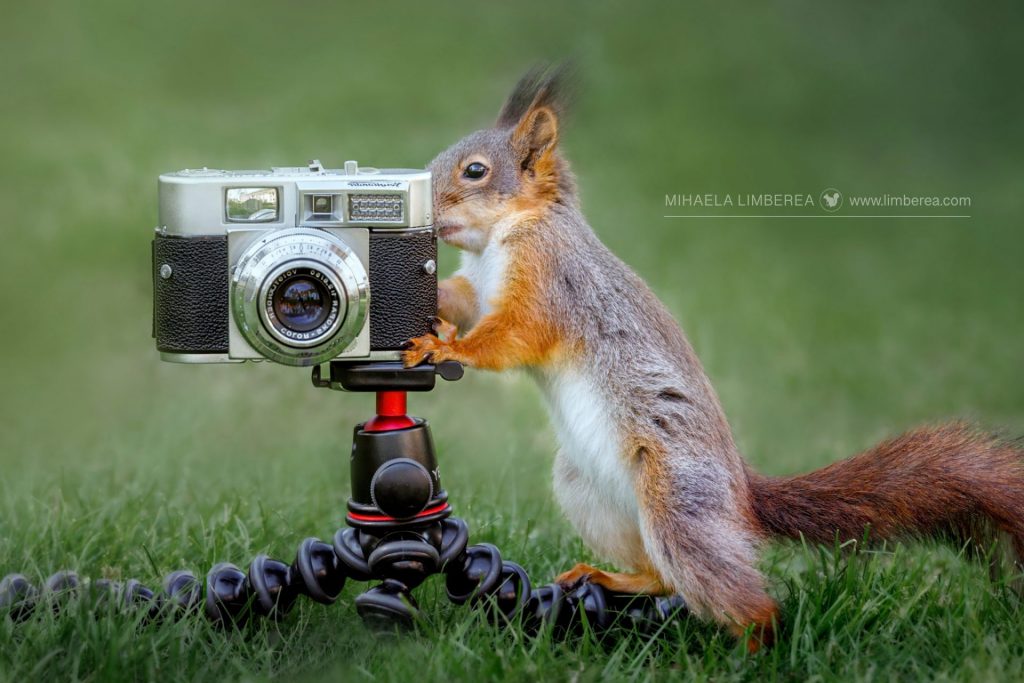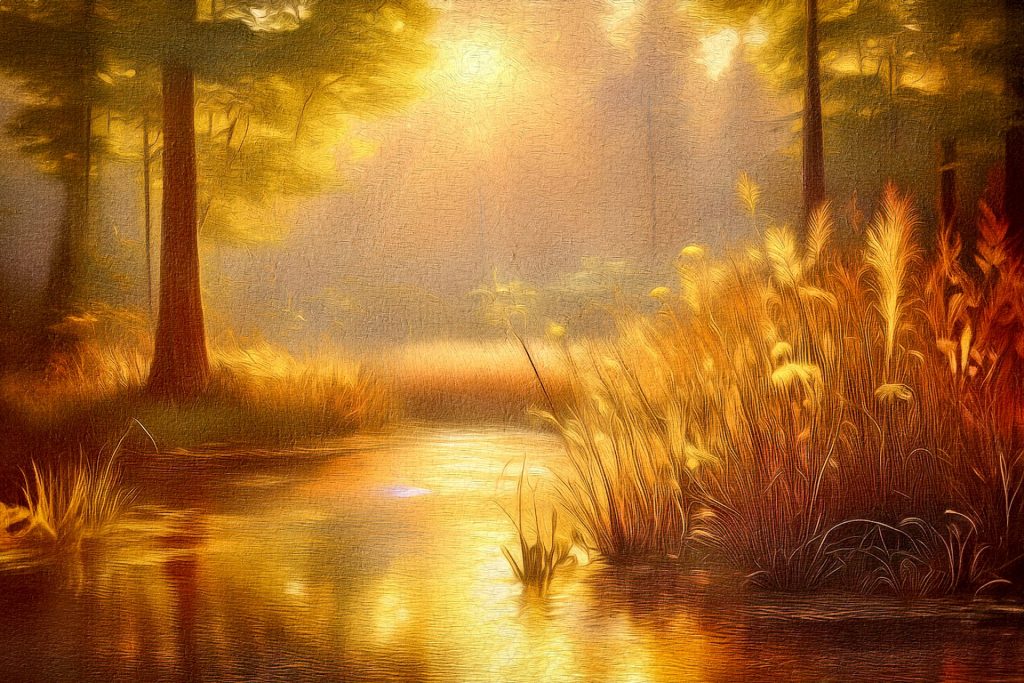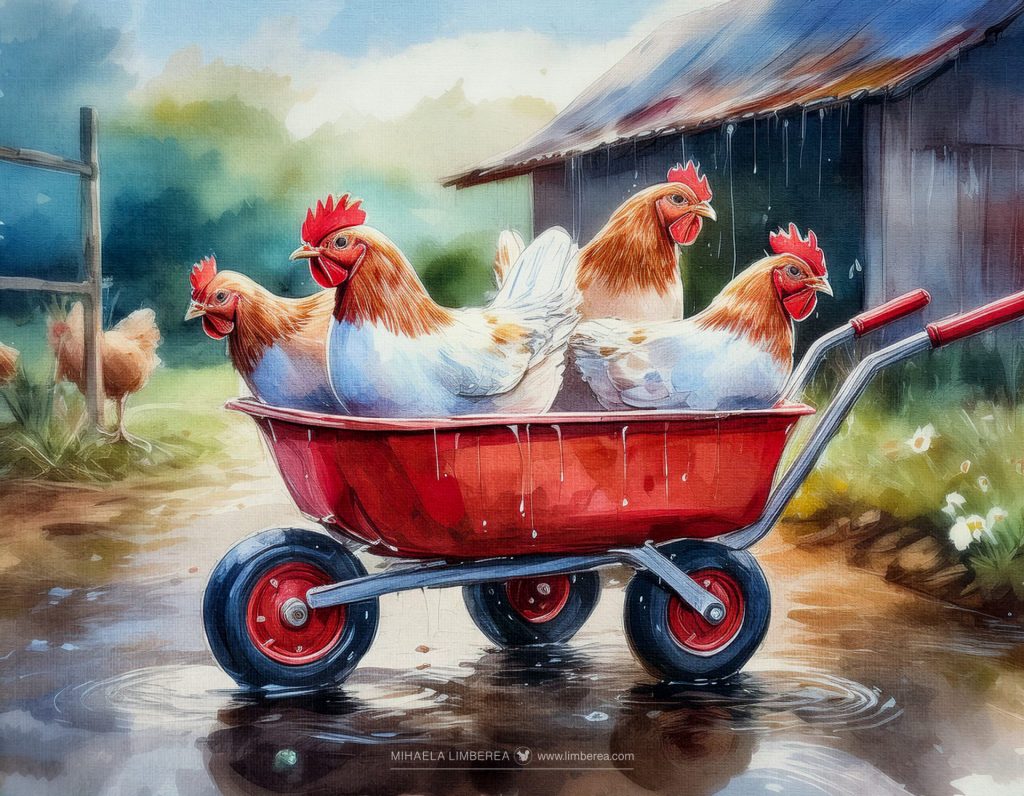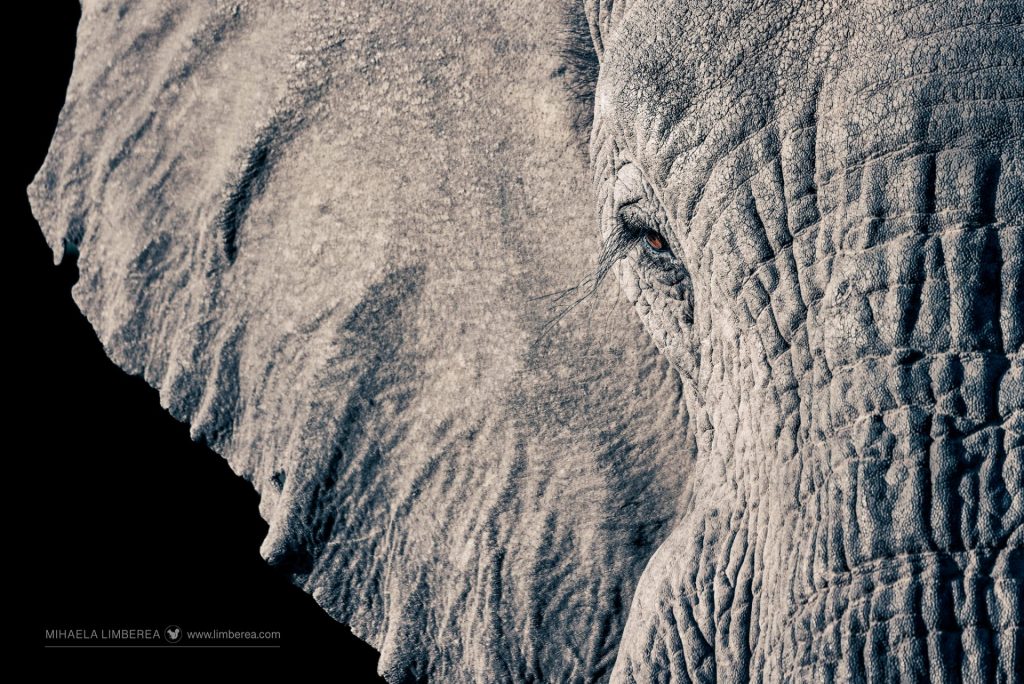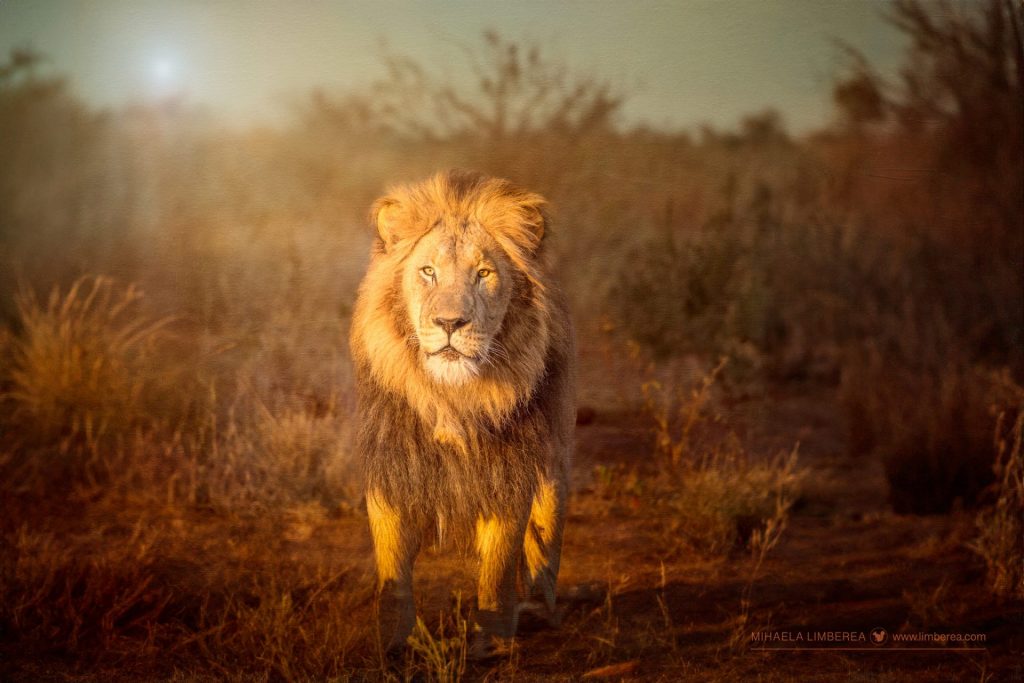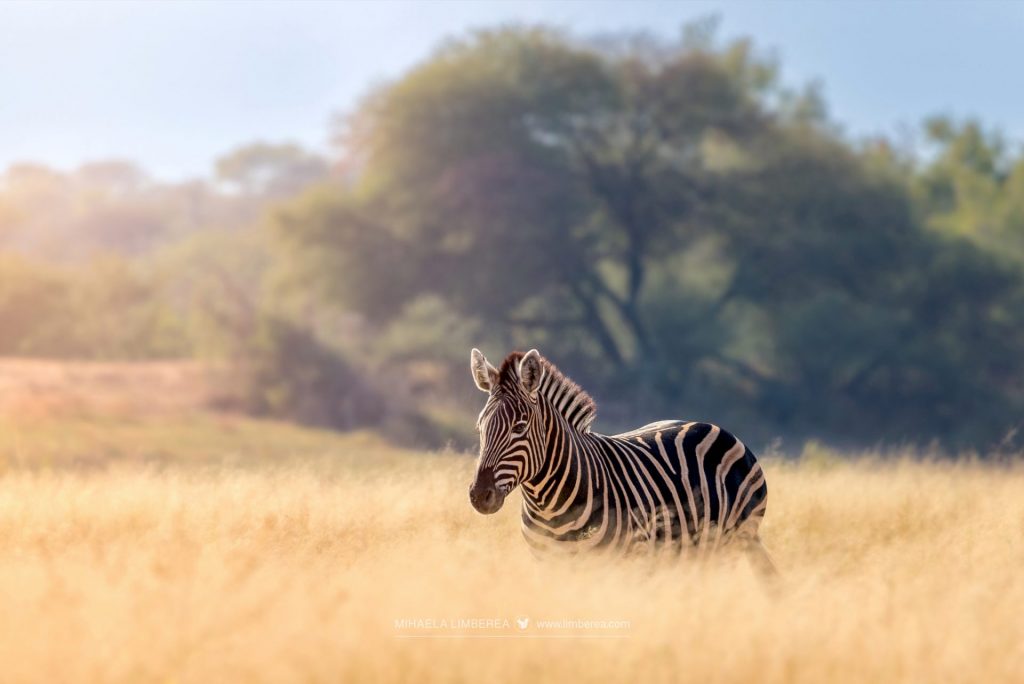
This is a charming story said to come from the San people of the Namibian Kalahari Desert.
Long ago, when the sun was still new in the sky and shone too hot, the land had very little water. The little pools of water that did exist were so precious to the animals that they were willing to share, understanding the importance of this life-giving resource.
One of these pools was under the watchful eye of an arrogant Baboon. He declared himself the ‘master of the water,‘ his arrogance towering over the other creatures. He forbade any other creature from even approaching his pool, going as far as to light a fire near the pool during the cold winter nights to protect his ‘possession.’
One day, when the sun was very fierce, Zebra was searching for a drink. Now in those days of long ago, Zebra wore a coat of pure white. He came across the pool and was about to drink when the angry Baboon barked, “You dare to trespass! This is my pool, and I am the master of the water,” The Baboon barked in fury. “This water is for all of us,” Zebra retorted.
This angered Baboon even more, and he bared his sharp fangs and shouted, “If you want water, you must fight for it!” The battle began. The dust rose in clouds as they circled each other, their eyes blazing with fury. This way and that way they went, until with a mighty kick of Zebra’s hind legs, Baboon went flying high into the rocks behind them, landing smack on his behind.
Since that day, Baboon still shows the bare, red patch where he landed. Zebra, with the force of the kick, stumbled backward into Baboon’s fire. The hot sticks scorched stripes across his white fur. Shocked, he galloped away back to the dusty veld, where stripes and all he stays to this day.
The Baboon and his family remain high up among the rocks, where they bark in defiance at all strangers. When they walk around, they still hold up their tails to ease the sore rock burn of their bald patched bottoms.
Related Posts
If you liked this post, share it on your preferred social network or forward it to a friend.
